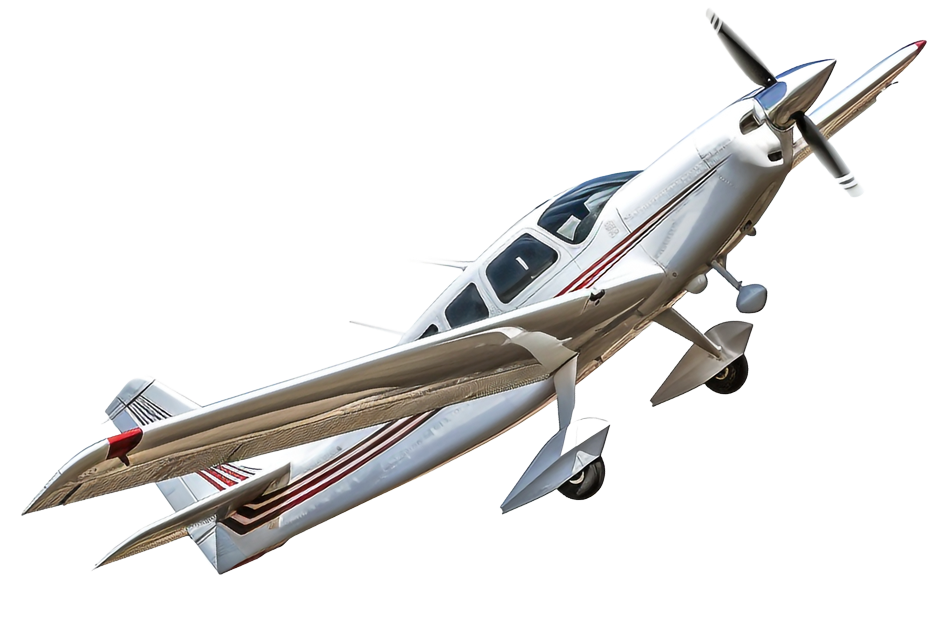Pilot Fatigue Detection & Safety System
AI-Enabled Pilot Fatigue Detection & Safety System with 3D-Printed Holding

Project Definition:
Pilot fatigue remains a significant safety risk in general aviation, particularly for single-prop aircraft, where pilots operate with minimal automation and no co-pilot support. Fatigue can lead to slower reaction times, impaired decision-making, and increased risk of in-flight incidents.
This project aims to develop an AI-driven fatigue detection system, housed in a custom 3D-printed holding case, that will:
• Monitor pilot fatigue levels using facial recognition and biosensors.
• Analyse fatigue patterns with Machine Learning (ML) algorithms.
• Trigger real-time safety alerts via audio, haptic feedback, and visual indicators.
• Integrate with an IoT-based cloud system for fatigue trend analysis and predictive safety insights.
• Be enclosed in a lightweight, 3D-printed case for easy installation in aircraft cockpits.
Research Goals:
• Develop an AI-based fatigue detection module using computer vision and biosensors.
• Implement an IoT-enabled alert system to notify pilots and ground control.
• Use machine learning models to predict fatigue trends based on biometric and environmental factors.
• Design and manufacture a lightweight, 3D-printed case for secure and ergonomic installation in single-prop aircraft.
Methodology:
• AI-Powered Pilot Fatigue Detection System
o Utilize computer vision (OpenCV, TensorFlow) to detect fatigue indicators:
o Eye blink rate & prolonged closure.
o Yawning detection.
o Integrate wearable biosensors (heart rate & EEG monitors) for additional fatigue assessment.
o Train ML models (Random Forest, CNNs) to analyse fatigue levels in real-time.
• IoT-Based Safety & Alert System
o Deploy wireless IoT sensors for real-time biometric data collection.
o Enable WiFi/Bluetooth connectivity to send alerts to:
o Pilot (audio & haptic feedback alerts).
o Ground control (remote monitoring of fatigue trends).
Automated Safety Responses
o Stage 1 Alert: Audio and visual warnings when mild fatigue is detected.
o Stage 2 Alert: Haptic feedback (seat vibration) for moderate fatigue levels.
o Stage 3 Alert: Engaging autopilot stabilization and transmitting emergency signals for severe fatigue cases.
4. 3D-Printed Holding Case Design
o Design a lightweight, durable, and heat-resistant enclosure for the fatigue detection module.
o Optimize the case for secure cockpit mounting, ensuring ergonomic positioning for accurate monitoring.
o Use 3D printing (PLA, ABS, or carbon fiber composites) for cost-effective manufacturing.
5. Data Analytics & Predictive Fatigue Monitoring
o Store pilot fatigue data in a cloud-based database.
o Use AI to analyse long-term fatigue patterns and predict high-risk scenarios based on:
o Pilot workload levels.
o Cabin environmental conditions (temperature, oxygen levels, etc.).
o Provide fatigue risk reports to aviation safety organizations.
